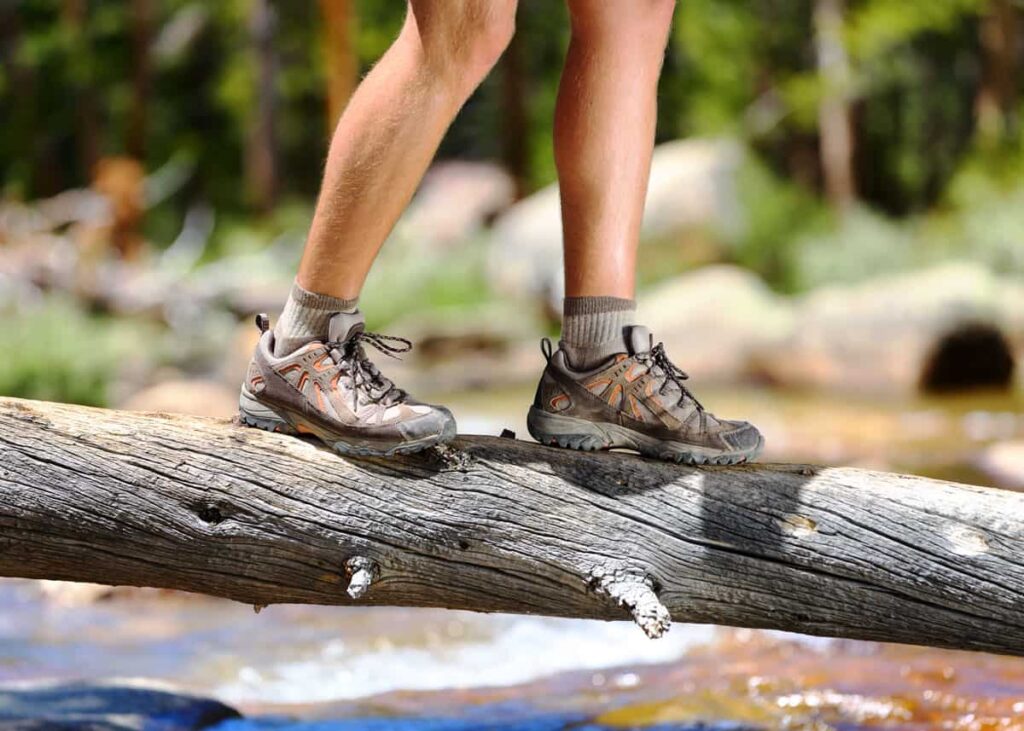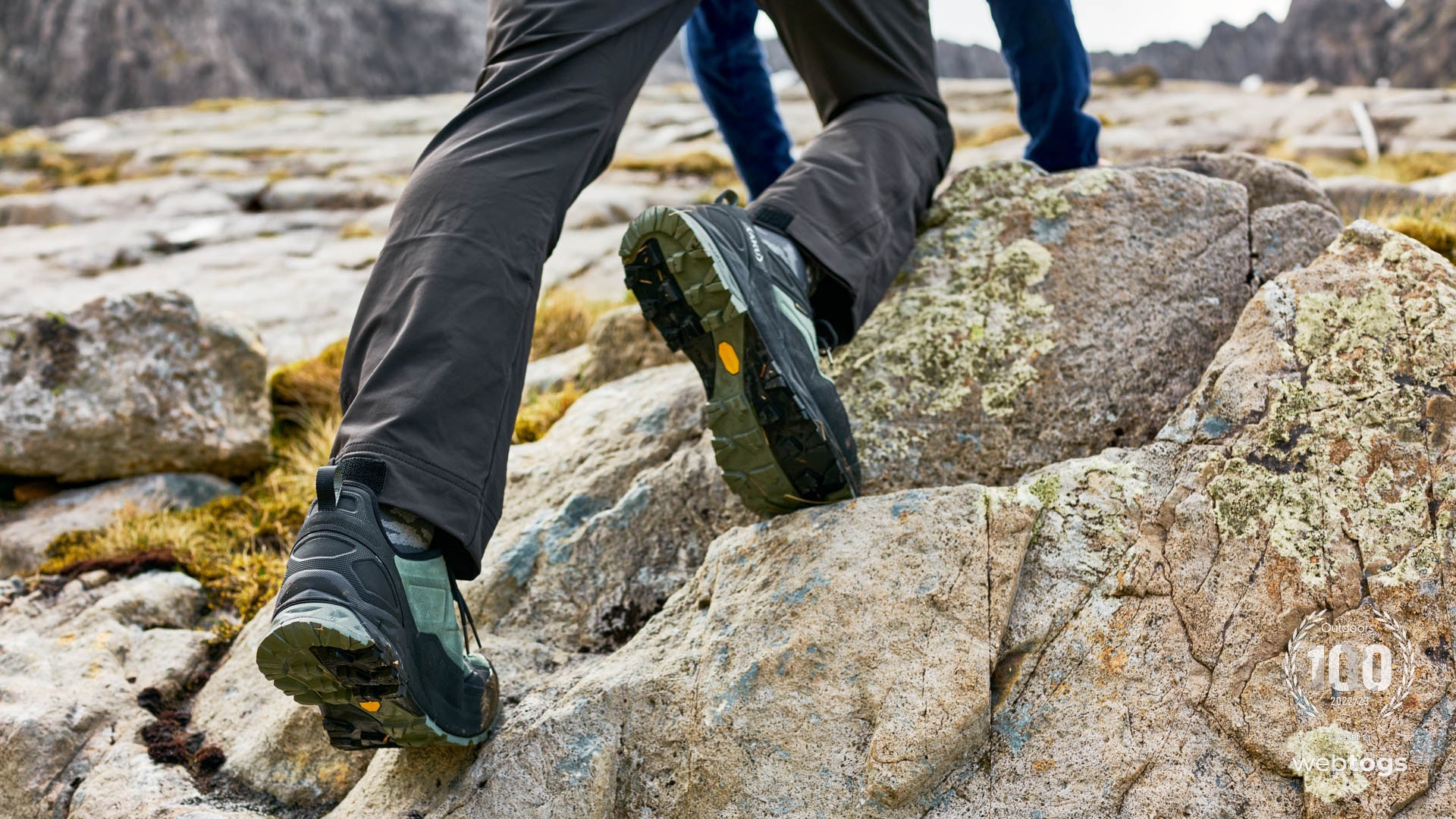Are you looking forward to knowing about the best guide for drying shoes when hiking? Here you will find the best guide on drying shoes when hiking. It’s best if your hiking shoes are lightweight, comfy, and designed to manage the circumstances in which you’ll waste most of your time outdoors. However, there is no one-size-fits-all solution – there is no one paradigm that will work for everyone drying shoes when hiking.
When picking on footwear, you should consider your foot type, injury history, the weight of your pack and body, and the conditions in which you will be hiking. Regular cleaning and conditioning and making sure wet boots. Learn how to dry wet hiking shoes properly and speed up the drying process by reading this article.
Drying Leather Hiking Boots:
Get started right away: Leather-drying shoes outside can best be dried by letting them air dry. Because this is a time-consuming process, the sooner you begin, the more time your boots have to dry.
Remove dirt and debris: Make sure to remove any mud, grass, leaves, or other debris that may hinder drying and perhaps discolor the boot. You don’t need to give your shoes a deep clean.
Remove the laces: It’s an excellent idea to quick-drying shoes for hiking. Loosen or remove the laces of your boots to enhance the amount of air circulation and allow moisture to exit the boots more readily.

Tricks to Speed Up the Drying Process:
To promote the drying process, if you don’t have the time to dry shoes when hiking. Newspapers are a favorite, albeit labor-intensive, technique in the battle against wet feet since they are widely available, inexpensive, and superabsorbent. Here’s how to use it:
Make balls out of crinkled newspaper sheets.
Stuff the boots with newspaper balls.
When the newspaper balls become moist, replace them with dry ones (the need to change out the newspaper initially happens quickly but slows as the boots dry)
When the newspaper balls no longer absorb moisture, you may remove most of the water from a wet boot within 24 hours.
DON’Ts of Drying Leather Hiking Boots:
How to dry wet hiking shoes are often tempted to be dried with the help of a wood stove or campfire or heater or blow drier, especially when you genuinely need or want dry boots. Leather and other materials used to manufacture boots can be damaged by direct heat sources.
The glue that holds boots together can be damaged by direct heat. During a hiking trip, drying your boots over a campfire is an option. But make sure you keep them at a “safe” distance from the flames drying shoes when hiking. Finding the “safe” space from the fire is a simple matter of locating a location where you can hardly feel the heat. To protect your leather hiking boots from harm while drying them near a bonfire. Be aware of other potential threats such as embers or hot rock rings.
Wear Good Socks:
Socks made of cotton will trap moisture close to your skin, which might lead to blisters. Instead, wear socks made of merino wool or synthetic fibers. They are better for drying shoes when hiking at wicking away moisture from your feet.

Read more articles: http://sisudeals.com/
Take Care of your Footwear:
Maintain the waterproofing of your walking boots by re-proofing, waxing, or conditioning them. Dedicated products like Nikwax Fabric and Leather Proof or Granger’s G-Wax and Leather Conditioner will not only prolong the life of your boots but will also maintain their waterproof protection.
Waterproof Socks:
As a precaution, wear waterproof socks if you know you’ll be wading for a long time. Or if you’ll be walking through damp grass. Sealskinz and ArcticDry waterproof socks are excellent substitutes for boots that aren’t entirely waterproof. Once they’ve been washed, be sure to dry them inside out. If you have room in your backpack. Please bring some extra pairs of socks and swap them out during the break.
Shoes and Gaiters:
Moisture can enter the foot area of shoes and boots if the cushioning around the ankle is wet. Ankle collar leakage is less likely in higher boots, therefore walking boots are better protected than mid-height boots or shoes. Gaiters that protect the boot and calf will also assist in drying shoes when hiking, especially in the rainy season.
Conclusion:
Wet feet pose a severe health risk while hiking. Therefore, it’s crucial to know how to keep them drying shoes when hiking. Remember that trench foot was a typical occurrence on the Western Front during World War I. Troops were forced to stand in mud and puddles for days on end on the rainy and muddy fields of Flanders and the Somme. The constant dampness provided the ideal conditions for the growth of a fungus on the bodies of soldiers. Finally, you can find a lot of coupon codes for hiking shoes if you want to save money for your hiking trips.



